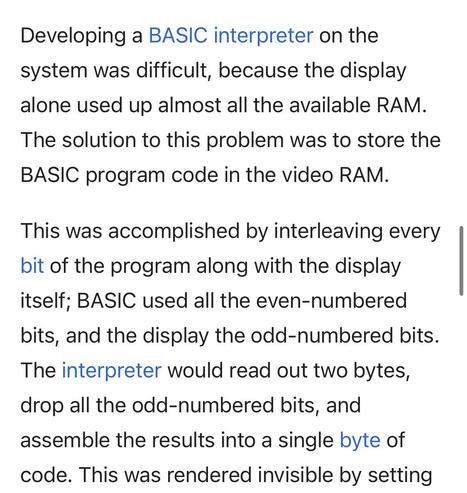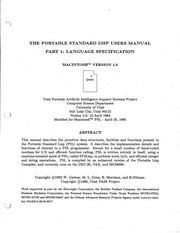What? They programmed it by doing what???
icymi some programming under tight constraints wizardry via the demoscene
http://www.reenigne.org/blog/1k-colours-on-cga-how-its-done/
&
http://www.reenigne.org/blog/8088-pc-speaker-mod-player-how-its-done/
a video of it running is here https://www.youtube.com/watch?v=yHXx3orN35Y
the music wizardry starts at ~6:39 (it's just normal pc speaker before)




